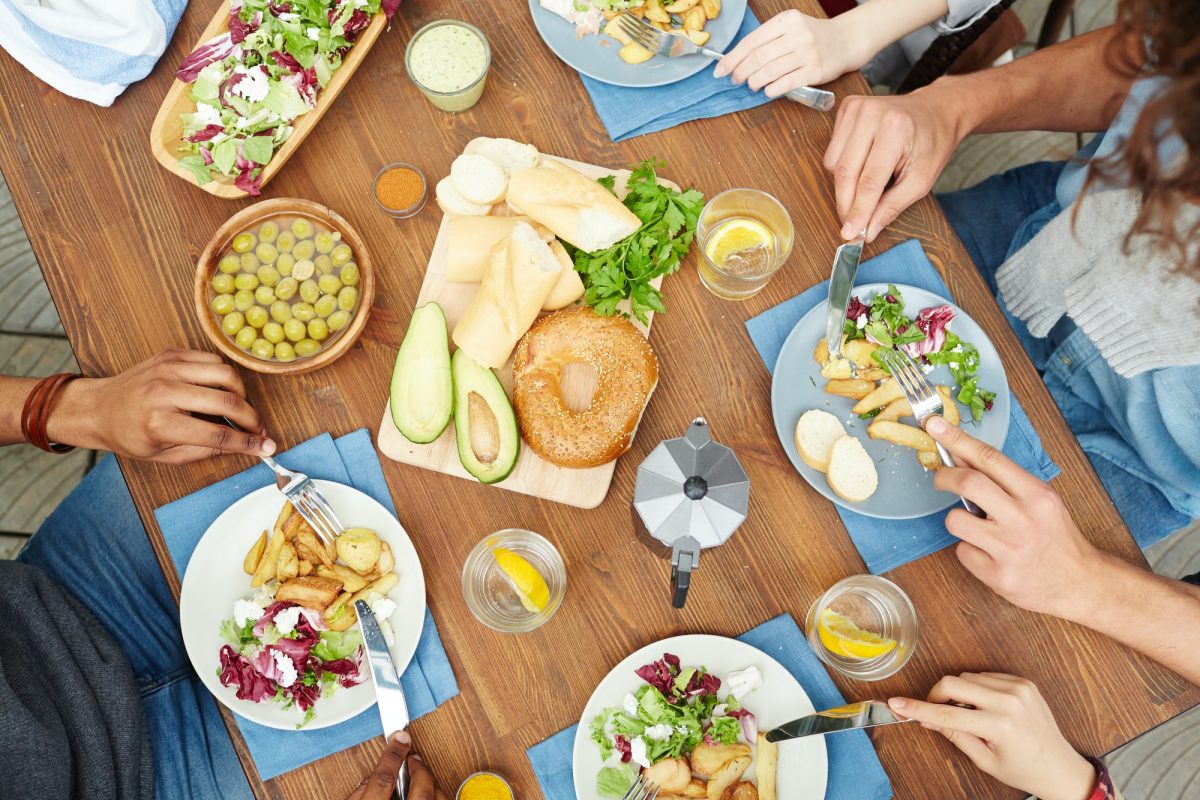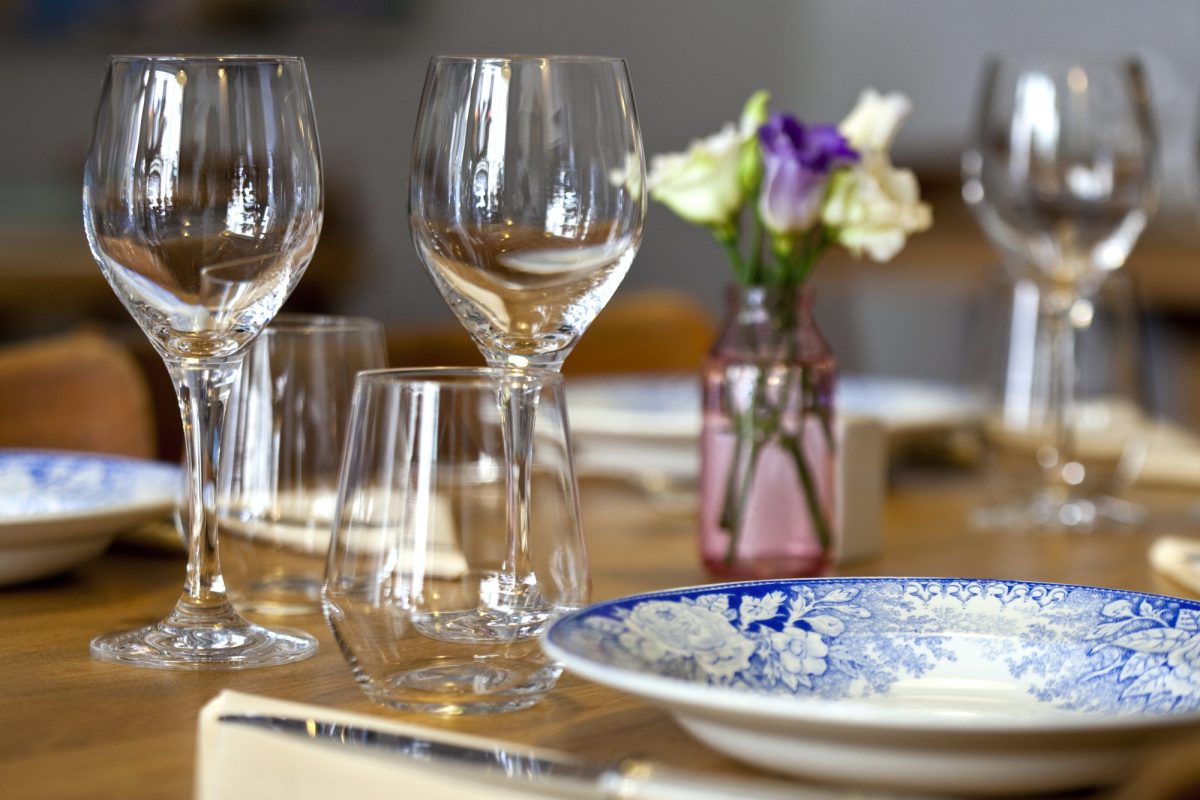Many think that the point of dining with others is to eat. It is nice to share a meal with others, especially when the food is good. But the real point of breaking bread with others is to enjoy their company and to communicate. Whether it is a business lunch, a family dinner, or a coffee with your bestie, the point of being with someone else while you dine is to converse.
Conversation is what happens prior to food, in between bites, and once the meal is over. It is important to engage in this part of the meal because it is what bonds. When you are sitting on the couch with your roommate woofing down wings, usually it is the conversation that brings you closer, not the wings.
Sharing a meal with others has historically been a special time that was limited to people who were seeking a more personal relationship. The act of eating in front of others is quite personal and because of that, people do not often want to share that with just anyone. Dining with others is a different level of a relationship. And when people choose to do that, the conversation is often the reason. The meal is a bonus, not the point.
If you struggle with conversing and/or dining with others, let us know. We do a lot of work around appropriate dining conversation and dining etiquette. You want the experience to be pleasant for you and for the others.



